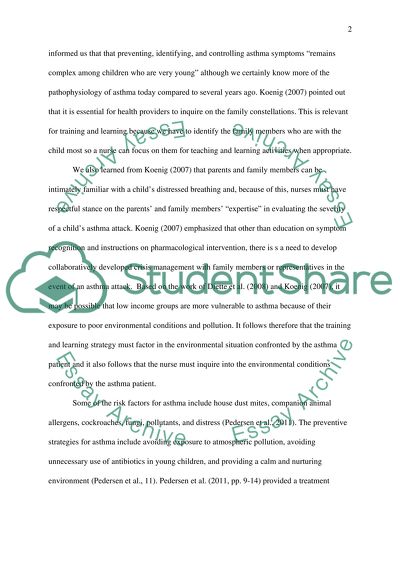Cite this document
(“Teaching and Learning Strategies for Patients and Family members of Essay”, n.d.)
Retrieved de https://studentshare.org/nursing/1390719-health-promotion
Retrieved de https://studentshare.org/nursing/1390719-health-promotion
(Teaching and Learning Strategies for Patients and Family Members of Essay)
https://studentshare.org/nursing/1390719-health-promotion.
https://studentshare.org/nursing/1390719-health-promotion.
“Teaching and Learning Strategies for Patients and Family Members of Essay”, n.d. https://studentshare.org/nursing/1390719-health-promotion.


